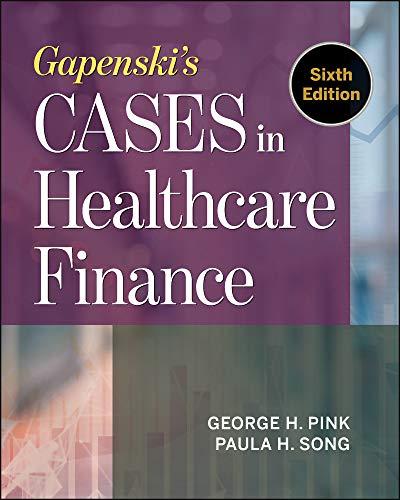Answered step by step
Verified Expert Solution
Question
1 Approved Answer
Case 2 : Integration of Movements in Prices, Inflation, and Exchange Rate Cambridge Resources International Inc. 2 0 2 2 1 INFLATION, EXCHANGE RATES AND
Case : Integration of Movements
in Prices, Inflation, and Exchange
Rate
Cambridge Resources International Inc.
INFLATION, EXCHANGE RATES AND INTEREST RATES
Assume the domestic rate of inflation in South Africa has been percent per year
for the past three years, but the rate is expected to decrease by percentage points
each year for the next two years until it reaches percent. Then, it is expected to
remain at that level in the future. The inflation rate in Japan has been percent per
year last year, but the rate is expected to decrease by percentage point each year
for the next three years until it reaches percent. Then it is expected to remain at
that level in the future. The price index for both South Africa and Japan in year is
The currency of South Africa is the Rand and that of Japan is the Yen. Assume that
the market exchange rate in Year is RandYen
The nominal oneyear interest rate for Rand loans is percent as of Year
with an expectation that the rate of inflation will be percent the next year.
Assume that the real exchange rate between the two countries will remain at the
same level until Year
Assignment:
Prepare a table that contains the following information:
The projected price index for South Africa from Year to Year
The projected price index of the Japan from Year to Year
What is the real exchange rate as of Year
Cambridge Resources International Inc.
Using the assumption that the real exchange rate remains constant over the
future years, what are the projected nominal exchange rates between Year
and Year
What is the real rate of interest as of Year in South Africa?
Assuming that the real rate of interest remained constant over the next years,
forecast the annual nominal interest rates in South Africa that would be
consistent with the real rate of interest and the projected rates of inflation?
Suppose the world price of a Personal Digital Assistant PDA that South
Africans buy from Japan is Yen per unit in Year It is expected that
the real price of PDAs will decrease by percent a year, from Year
onward, for the following years. What do you expect it to cost to South
African consumers in Rand price nominal in Year
Suppose a South African firm obtained a million Rand loan in Year and
the loan principal is to be repaid in equal installments over the following
years. The interest accrued over the previous year is also paid in the current
year. What would be the amount of interest expense paid each year over this
fiveyear period, expressed in the prices of Year Estimate the annual tax
savings per year ie in Year prices that will accrue to this company given
that it is subject to a corporate flat tax rate of What would be the annual
savings under conditions of an expected rate of inflation of zero over the entire
period? Compare and comment on the differences in tax saving of the withandwithoutinflation situation and the impact on the financial net present
value NPV of the activity. The real discount rate is
Cambridge Resources International Inc.
Suppose that instead of the real exchange rate between the Rand and the Yen
being held constant over time, it is expected that the Yen will appreciate
relative to all other currencies, including the Rand, by percentage a year
over the period from Year to Year What would you expect the real and
nominal interest rates now to be from Year until Year on a Japanese Yen
loan made to the same South African business as described in question
What is the amount of real interest expense measured in Rand expressed in
the price level of Year for an equivalent Yen loan that is equivalent in value
to million Rand in Year What is the annual value of the foreign
exchange capital gain or losses associated with this foreign Japanese loan
over its repayment time?
Suppose, again, that this South African company has the following cash flow
profile, and that accounts receivable are estimated to be at of sales,
accounts payable to be at of operating costs material purchases direct
labor costs and cash balances to be at of sales.
Cambridge Resources International Inc.
Year Prices Real Cash flow Rand
Year
Sales
revenues
Material
purchases
Direct
labor costs
a Using a real discount rate of and calculating the present values of the
following cash flow items, evaluate their impact on the cash flow statement
of this company under the condition of zero inflation and under the condition
of annual constant inflation rate
Cash balances
Accounts payable
Accounts receivable
b Using the firstinfirstout FIFO
Step by Step Solution
There are 3 Steps involved in it
Step: 1

Get Instant Access to Expert-Tailored Solutions
See step-by-step solutions with expert insights and AI powered tools for academic success
Step: 2

Step: 3

Ace Your Homework with AI
Get the answers you need in no time with our AI-driven, step-by-step assistance
Get Started


